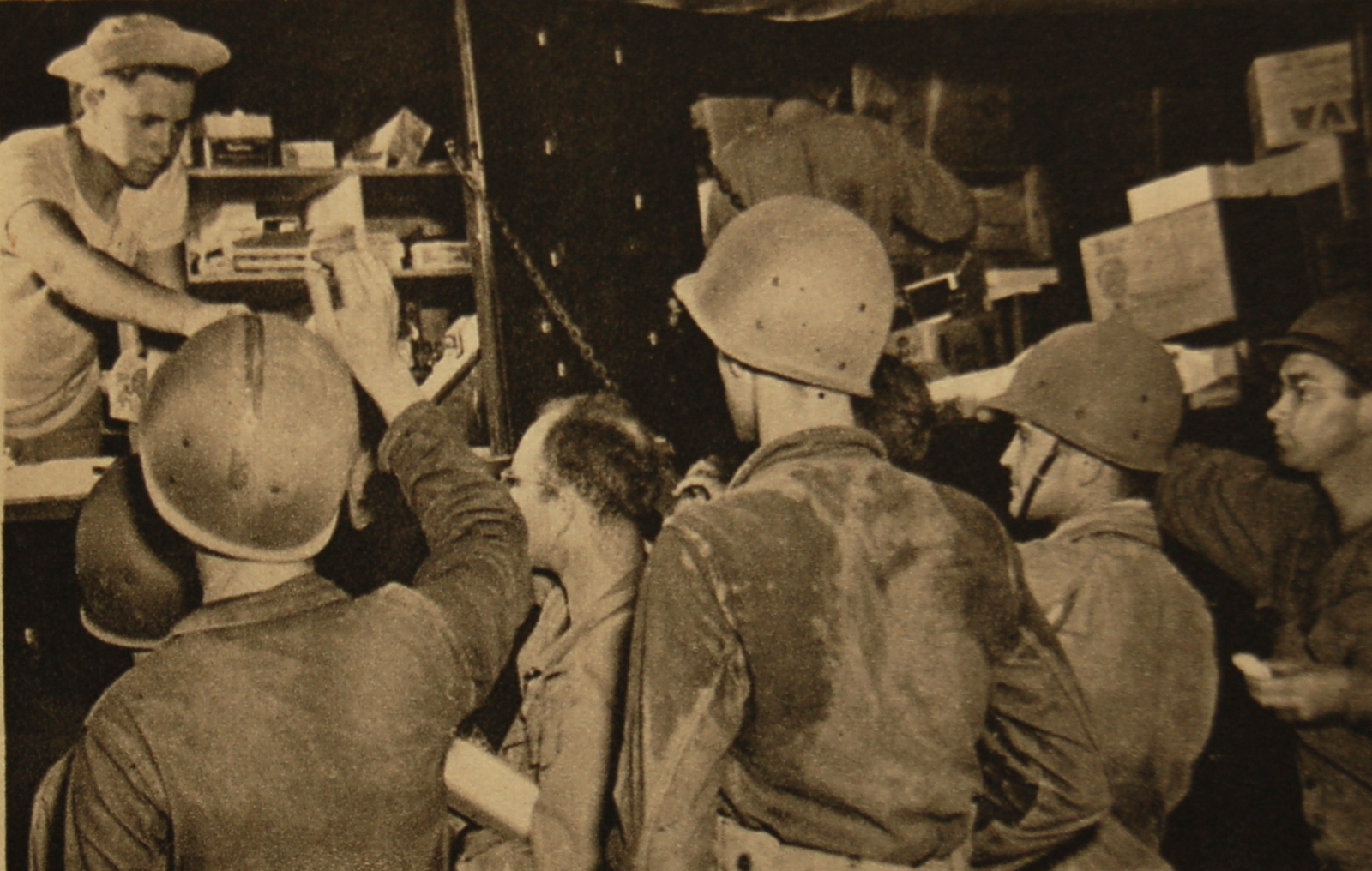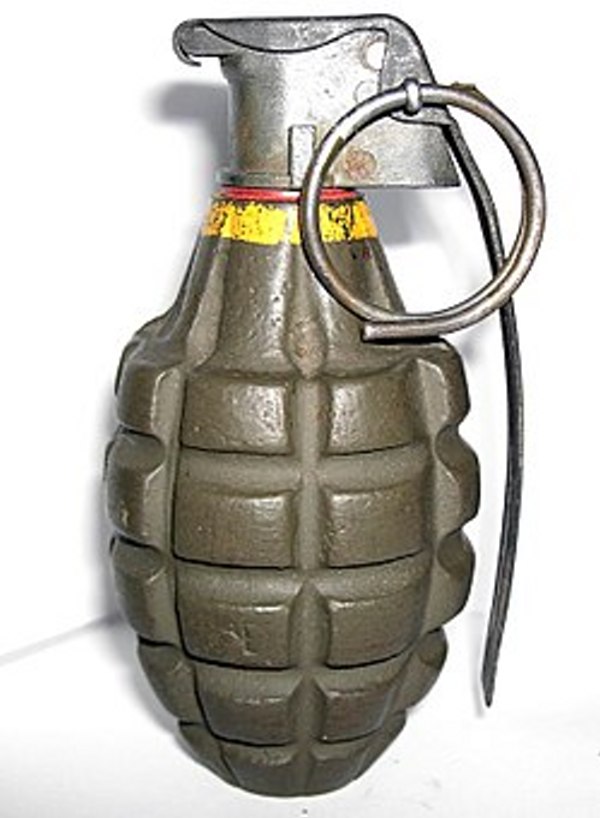Mon. nite 8:05
Dearest Mother,
Just a few words to let you know that I'm O.K. and hope that you are the same.
Mother, I just got back from bivouac yesterday at 2:30 P.M. (Sun.)
That's the first time we ever bivouaced for so long. I didn't mind it out there, except for
sleeping on hard dirt and using stones for pillows. We had the P.X. out there every nite so at
least in the evenings we had pop and ice cream after sweating all day. We had about 8 problems
while we were out there and in all 8 we used live ammunition. We would attack small hills or small
houses and in whatever we would attack there would be stuffed dummies to fire at, and the way we
know our score is by counting all the holes made in the dummies. It was all a lot of fun. The only
thing that bothered me a lot was the heat. There wasn't a person with dry clothes after we went
through a problem.
Several boys passed out from the heat. My buddy and would stop under a shady tree while the
problem would be going on, if we got too warm. We were going through one problem and we started
to get real warm and sweat a lot so we seen a tree where we could hide under for a few min., and
when we got under, our squad leader was under it too so he could cool off a little and take a
little rest at the same time, so he couldn't give us hell for going under the tree because he was
in the wrong as much as we were. When we have a problem, we're not supposed to take any rests.
We also went on two four mile hikes in 45 min. That's about 1 mile every 11 min. Pretty fast
huh, mom?
Today we went out on another problem. The problem we went on today was an attack of a village.
In this village there were 3 old houses and before we would enter any room in them, we had to throw
a hand grenade in it. The hand grenades were real ones, they were something like a firecracker.
You light the fuse with a match and then throw it in the room. My buddy had more fun than any one
doing that. We got a whole lot of these grenades and we really wiped out the rooms we went in.
When we came back from bivouac yesterday, by buddy and I got a pass in to Gainesville, and while
I was there, I had a picture taken so I'll send it to you.
Well mother, not much more to say so I'll close with lots of love for you mother dear, daddy and
the kids.
Your loving Son,
"Jimmy"
P.S.
Mother, in case you don't get any mail from me, don't think that there is any thing wrong with me
because it will only be that I can't write because I'm out on bivouac or something like that so
mother please don't worry about me. We are supposed to go out on a 15 mi. bivouac this wk. some
time but as yet, I don't know what day it will be, but when I find out I'll write and tell you, and
if we don't go out this wk. I'll try to write you more often. I haven't received any mail from you
since last Sun. but I guess you're pretty busy too, huh mother? Well mother if you can't write then
it's O.K. but if there is some other reason besides being pretty busy then I want you to write or
have Gracie write to me and let me know what it is. Now don't forget mom.
Well, take care of yourself mother and god keep you safe and well for me mother dear.
Your loving Son,
"Jimmy"

